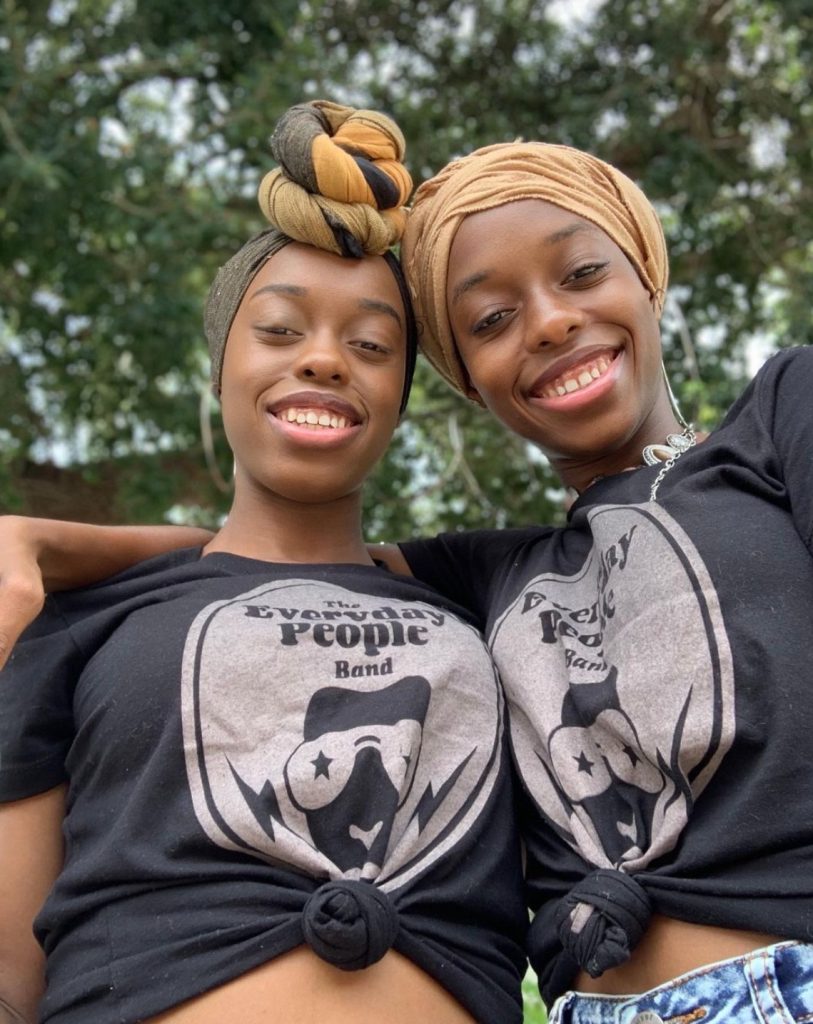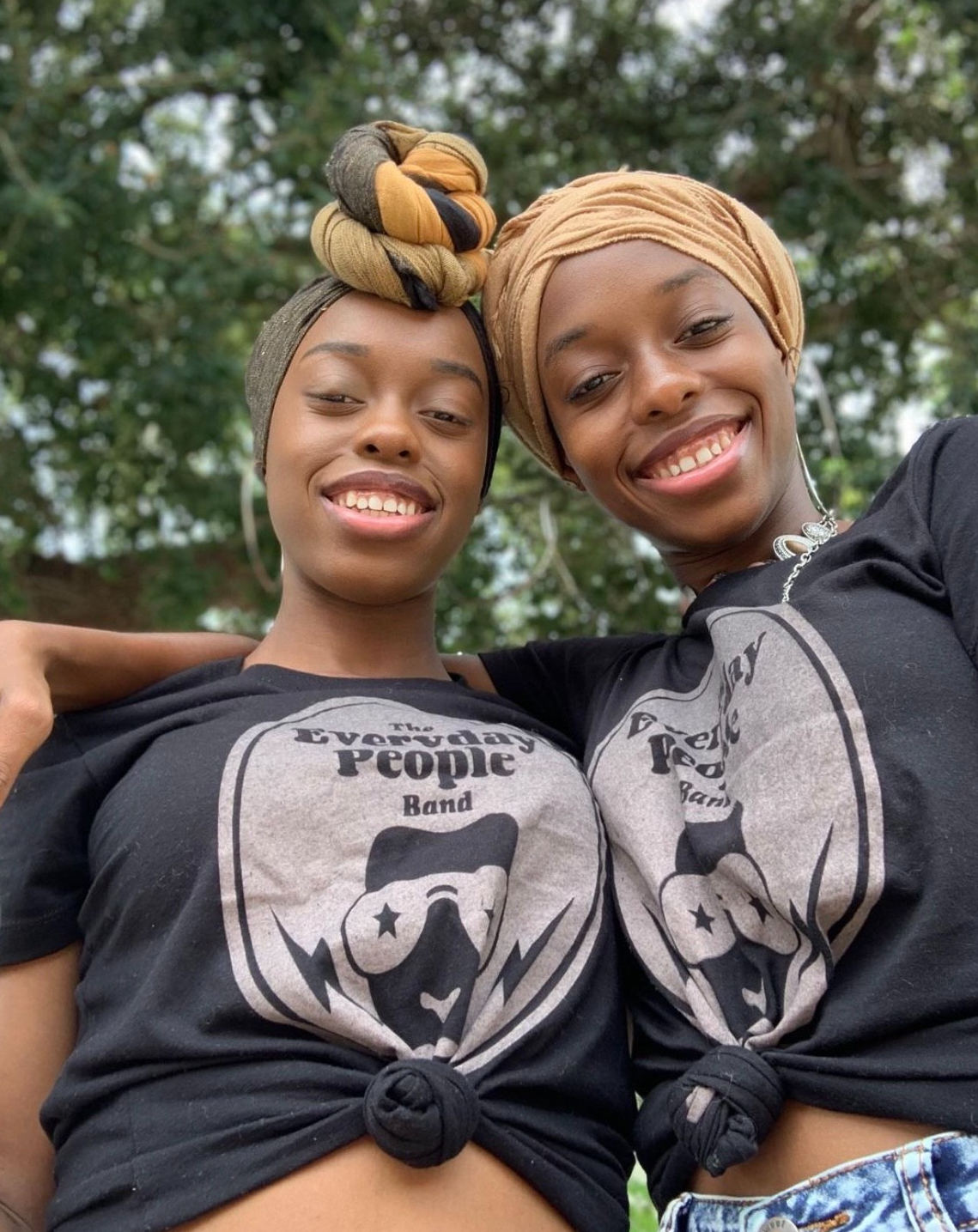
Understanding Haitian Culture and Identity

### The Intersection of Art, Immigration, and Haiti’s Struggles: A Reflection on Transnational Identity
For such a small, yet historically significant country, Haiti has cast a long shadow over global politics, especially within the United States. The recent wave of anti-Haitian sentiment, spurred on by political figures like Donald Trump and JD Vance, highlights an age-old fear deeply ingrained in the Western psyche. But what drives this antipathy toward a nation marred by centuries of strife, colonialism, and foreign meddling? More than a simple reflection of xenophobic tendencies, the targeting of Haiti and its diaspora is deeply tied to its history of revolution and independence, a history that continues to resonate despite efforts to erase or vilify it.
This article stems from an ongoing dialogue between Haitian-American artists Vladimir Cybil Charlier and Rejin Leys, who explore the intersection of Haitian history, identity, and immigration through their art. Both artists reflect on how their experiences as part of the Haitian diaspora in the United States are inseparable from their artistic journeys, offering insight into Haiti’s place within the broader context of American history and policy.
#### Haiti’s Outsized Influence on US Politics
Despite being a small island nation, Haiti occupies a massive space in the American political imagination. For more than two centuries, White America has viewed Haiti with a mix of fear, awe, and condemnation. The source of this intense scrutiny isn’t solely rooted in anti-immigrant sentiment but also stems from the fact that Haiti—a nation that led one of the most successful slave revolts in history—has long been perceived as a threat to the systemic dominance of White supremacy and Western hegemony.
In fact, much of Haitian immigration to the US is a consequence of American foreign policy. Decades of political interference, invasions, and economic manipulation have led to instability, creating waves of Haitian migrants seeking safety in the very nation that contributed to their plight. Yet, many Americans remain oblivious to this history, fostering a climate of suspicion and hatred toward those fleeing circumstances beyond their control.
As Malcolm X famously put it, the “chickens coming home to roost,” refers not only to the assassination of John F. Kennedy but also to the broader consequences of America’s actions worldwide. Haiti’s ongoing relationship with the US is a testament to this dynamic; what happens abroad inevitably affects domestic policy and sentiment as much as the reverse is true.
#### The Impact of US Foreign Policy on Haitian Migration
Vladimir Cybil Charlier and Rejin Leys’ reflections on their experiences as part of the Haitian diaspora weave a poignant narrative about the lasting impact of US foreign policy on their lives. Charlier was born in Elmhurst, Queens, but an intended short visit to Haiti in her infancy turned into months of hiding from the regime of Jean-Claude Duvalier, also known as “Papa Doc.” The regime, notorious for its brutal militia, the *Tonton Macoutes*, was responsible for widespread violence, including the disappearance of many of Charlier’s family members.
In her series *Indigo Blues*, Charlier explores the intersection of Haitian Vodou and political repression, with denim often representing Zaka, the Vodou deity tied to agriculture. The colorful indigo fabric, ironically chosen to symbolize life and growth, evokes police uniforms and touches on the violent history of the *Tonton Macoutes*. Each piece navigates between memory, culture, and haunting imagery to explore a collective trauma faced by those left behind or displaced.
On the other hand, Rejin Leys discusses how her family’s immigration coincided with the United States’ tacit support for the dictatorial regimes in Haiti, propped up to prevent the spread of communism during the Cold War. Leys’ works, such as *Lost Continents Message in a Bottle* and *Migration Monuments*, delve into the themes of displacement and migration, underlining the shared experiences of countless Haitians who sought refuge in the United States. Her approach to diaspora and migration stresses that cultural innovation, from music to culinary styles, emerged from these painful transitions, reinforcing that the Haitian community is deeply interwoven with America’s historical and cultural identity.
#### Historic Parallels to Contemporary Struggles
The challenges facing Haitian immigrants today echo the oppressive conditions they fled. Just as the United States propped up Haiti’s dictatorial government in the mid-20th century, today it indirectly supports the flow of weaponry into the island nation, exacerbating violence. Ironically, those Haitians who flee to the U.S. in search of safety are greeted with xenophobia or worse, formed largely by distorted media coverage that portrays them as invaders or disease carriers—a reflection of anti-immigrant rhetoric that has plagued other marginalized groups throughout history.
The vilification of Haitian migrants reaches beyond mere economic concerns. Over the years, derogatory terms like “boat people” have served to strip Haitians of their personhood,